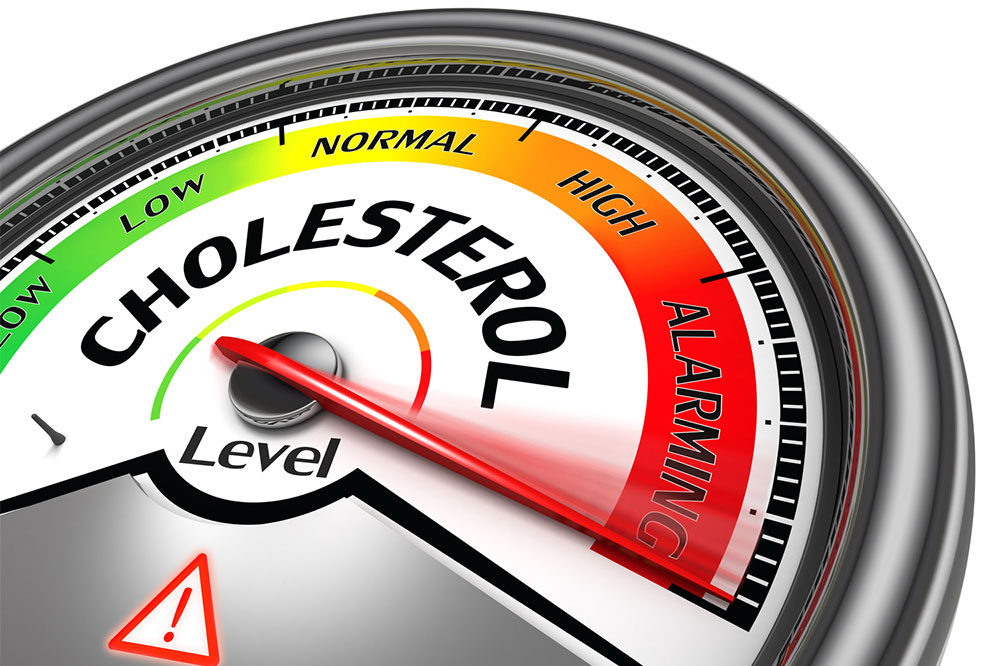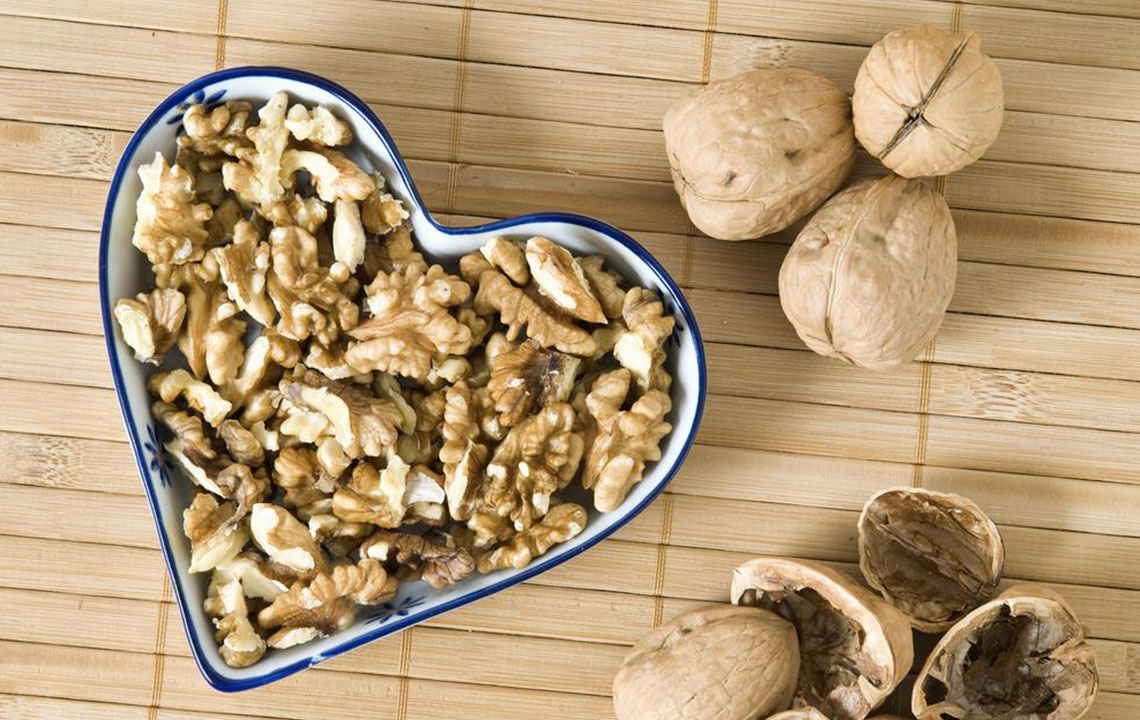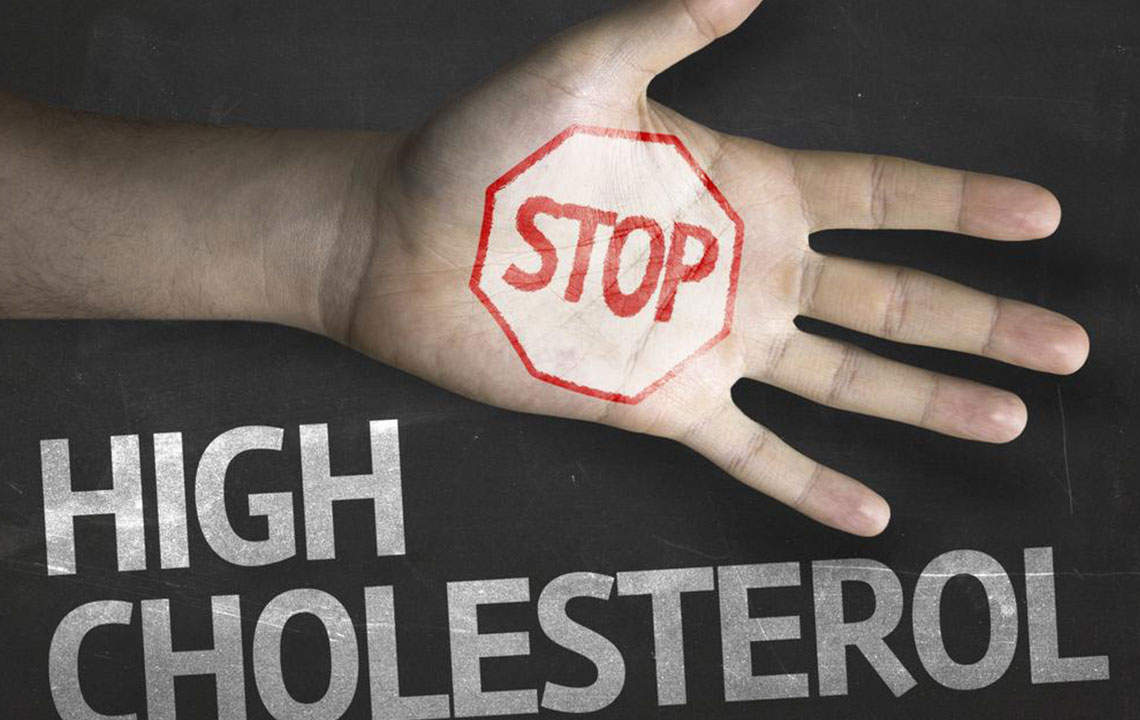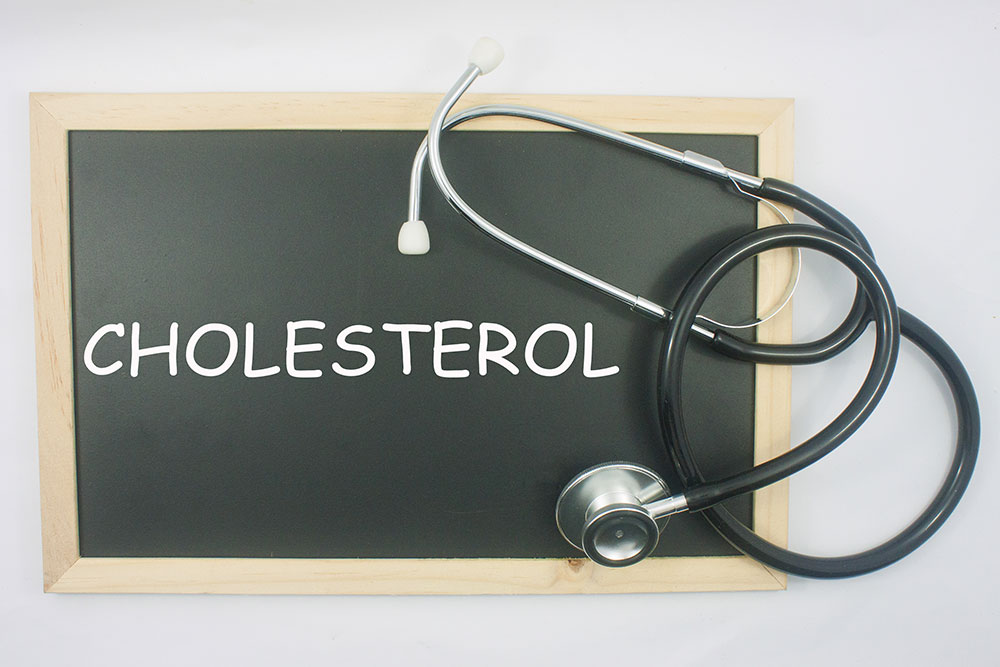Comprehensive Guide to Cholesterol: Debunking Myths and Understanding Heart Health
This comprehensive article clarifies common myths about cholesterol, explains its crucial role in heart health, and offers insights into managing cholesterol levels effectively. Understand the differences between LDL and HDL, and learn how lifestyle and genetics influence cardiovascular risk. Empower yourself with knowledge to make informed decisions and improve heart health through proper cholesterol management.

Understanding Cholesterol and Its Role in Heart Disease Prevention
Cholesterol is a commonly misunderstood health term, yet it plays a crucial role in our overall well-being. Approximately one out of three Americans faces issues related to high cholesterol, positioning it as a silent yet significant risk factor for cardiovascular diseases. Though cholesterol itself isn't inherently dangerous, elevated levels are strongly linked to the development of heart disease and stroke, which remain the top causes of mortality in the United States. To make informed health decisions, it is vital to understand what cholesterol is, how it functions within our bodies, and what factors influence its levels.
What exactly is cholesterol?
Cholesterol is a waxy, fat-like substance that is indispensable for various physiological processes. It is present in every cell of our body, contributing to the formation of cell membranes, hormones such as estrogen and testosterone, vitamin D synthesis, and aiding in digestion through bile production. Most of the body's cholesterol is produced naturally by the liver, which maintains a balance based on dietary intake and physiological needs. The cholesterol obtained from food, termed dietary cholesterol, is primarily found in animal-based products like meats, dairy products, seafood, and eggs. Consuming excessive amounts of dietary cholesterol can contribute to increased blood cholesterol levels, raising concerns for cardiovascular health.
The different types of cholesterol: Good vs. Bad
Cholesterol is transported throughout the bloodstream by special proteins called lipoproteins, which help maintain healthy distribution and removal of cholesterol. There are two main types:
Low-Density Lipoprotein (LDL): Often referred to as the “bad” cholesterol, LDL carries cholesterol to various parts of the body. When present in excess, LDL can form plaque within the arterial walls, leading to narrowing and hardening of the arteries, a process known as atherosclerosis. This condition significantly increases the risk of heart attacks, strokes, and peripheral artery disease.
High-Density Lipoprotein (HDL): Known as the “good” cholesterol, HDL works to remove excess cholesterol from the bloodstream by transporting it back to the liver for processing and elimination. Higher levels of HDL are associated with a reduced risk of cardiovascular disease.
The dangers of elevated LDL cholesterol
When LDL levels are high, the surplus cholesterol can adhere to the walls of arteries, forming fatty deposits called plaques. These plaques cause arteries to become stiff and narrow, impeding proper blood flow. Over time, this process can lead to heart attacks if a plaque ruptures and blocks a coronary artery, or to strokes if blood flow to the brain is obstructed. The accumulation of cholesterol-rich plaques is a principal factor in the development of cardiovascular disease, highlighting the importance of managing LDL levels to promote heart health.
Factors influencing cholesterol levels
While diet plays an essential part in managing cholesterol, several other factors influence your blood lipid profile. Some are within your control, and some are not:
Genetics and family history: Family history of high cholesterol and hereditary genetic conditions such as familial hypercholesterolemia significantly impact cholesterol levels. Regular screenings are vital for early detection and management.
Lifestyle choices: Sedentary lifestyles, smoking, excessive alcohol consumption, and poor diet high in saturated and trans fats can elevate LDL levels and lower HDL, increasing cardiovascular risk.
Health conditions: Conditions such as diabetes, obesity, hypothyroidism, and certain chronic conditions tend to elevate LDL cholesterol and decrease HDL cholesterol, compounding the risk for heart disease.
Age and hormonal factors: As we age, our bodies become less efficient at regulating cholesterol. Women may experience shifts post-menopause that impact lipid profiles, necessitating regular monitoring.
Understanding these factors emphasizes the importance of a holistic approach to managing cholesterol, combining diet, lifestyle, and, if necessary, medication under medical supervision.
In conclusion, cholesterol management is a vital aspect of maintaining heart health. Dispelling myths about cholesterol, understanding the roles of different lipoproteins, and recognizing controllable factors can empower individuals to reduce their risk of cardiovascular disease. Regular health screenings, healthy eating habits, physical activity, and medical guidance are essential steps toward a healthier heart and improved quality of life.





